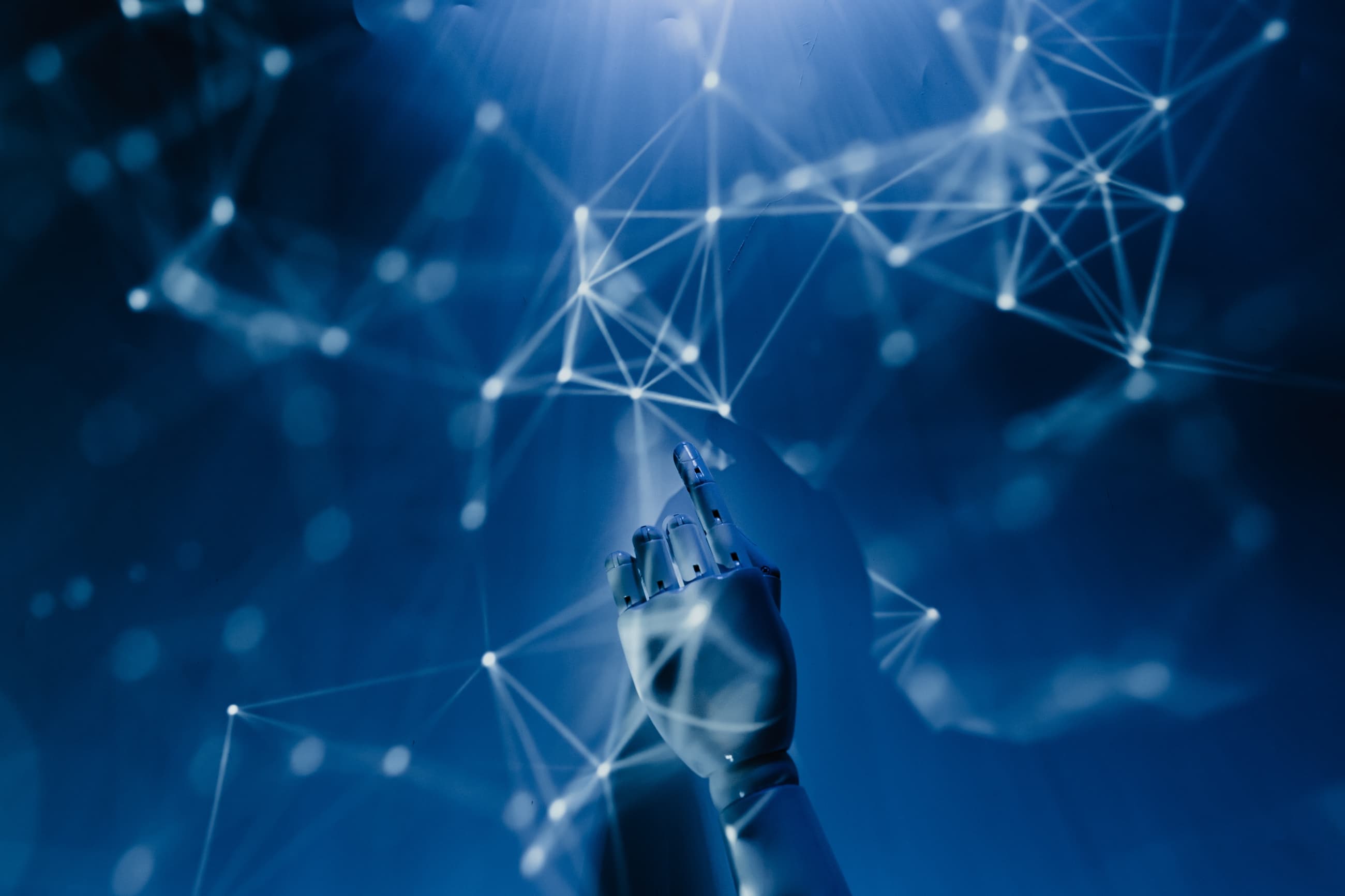Is AI the Future of Cybersecurity?
Ever since the early days of science fiction and computing, AI has been touted as the future of, well, everything. While the promise and potential of AI in cybersecurity are incredibly optimistic and possible, we’re not quite in a place where AI can take over completely. In fact, we may never be, which is the best solution for airtight cybersecurity.
Making a Case For AI
In reality, no one needs to make a case for how the use of AI tools in cybersecurity can be beneficial to the analysts of a SOC. The results speak for themselves. Both AI and Machine Learning (ML) have demonstrated that they’re able to automate tasks previously done by SOC analysts or earlier tools, and offer critical support when needed.
Machines Are Great at Correlating Data
By relying on automation and machine learning, a SOC’s investigation process can happen faster, more efficiently, and with far more accuracy. Given the velocity, volume, and sheer variety of threats attacking an organization's assets identified by security tools, a manual approach just can’t keep up with it.
SOC analysts are challenged on a daily basis to secure a large volume and diversity of new assets that are flooding networks and any decisions made concerning any suspicious activity, malicious files, connections, or users have to be done in a split second.
AI Can Help Contain Threats Quickly
Creating manual protections for all of an organization’s various security technologies and endpoints is prohibitively time-consuming and complicated. This is particularly true considering the sheer volume of attacks and threats that must be managed which include a strikingly high number of false-positive alerts.
AI, in this case, is a force multiplier - doing the work of many and streamlining time-consuming processes. By relying on deep learning to augment analysts to assist decision-making, AI can address increasingly complex threats.
By shortening the time between triage and escalation to response and remediation, breaches are addressed more quickly, saving time and effort.
AI Can Make Your Human Analysts Better
The role of SOC analyst can be an overwhelming one if your security center is barraged with thousands of alerts a day. On average, according to a Deloitte report, 40% of analysts said that their biggest pain point was the volume of alerts, while 47% admitted that they had trouble knowing which alerts to prioritize for incident response. As well, they spent more time reducing alert investigation time and addressing the volume of alerts, rather than analyzing and remediating security threats.
A Forrester Research reported that SecOps teams receive an average of 11,047 security alerts per day, and at least 25% of those daily alerts are ignored. The reality is, alert fatigue and analyst burnout, as well as analyst turnover, is a huge concern to CISOs globally.
AI isn’t here to replace capable human security professionals. Still, it does offer the ability to enhance their work, free up their time to upskill, and increase their overall job satisfaction. With AI, SOC analysts can be freed up to grow their roles while the machine takes care of the heavy lifting. Under analyst direction and supervision, of course.
This has the potential to plant the seed of a reward for analysts to think about ways to solve security challenges. Analysts can enjoy the satisfaction that comes from providing a solution that benefits the entire team.
With a dedicated and devoted staff, the SOC can seamlessly work with their AI platform and build a stronger barrier against intrusions.
AI And Automation Can Only Do So Much.
Relying on AI for automation is important, and a key to keeping the security team working at their highest capabilities, but it should be used in support of the people in your SOC, not as a replacement.
The Human Touch
In an area evolving as rapidly as cybersecurity, a human eye is needed to understand and address issues. Any CISO or SOC analyst will tell you that the key stumbling block in allowing for AI to take over completely, is that often we don’t know what the threat is and what it will mean until it’s actually been detected.
This is where human experience and intuition come in. Over 55% of IT security leaders believe that hands-on experience and intuition are the keys to a secure SOC, while 51% say that human intervention is absolutely necessary because only we can think outside the box.
There is also the issue of context. A CISO, SOC manager, and analysts most likely understand the business’ contextual information (for eg. impending mergers and acquisitions, external business partner relationships, foreign entity relationships of current and new activity. The impetus for creating a cybersecurity AI, after all, came from a human recognizing the need.
AI is Intelligent, But Not Creative Enough
A recent report released by Deloitte and Google highlights that while the modern SOC needs a strong procedural foundation and an AI capable of deep learning, it also needs human innovation. There are bad actors appearing all the time, and they won’t always play by the rules that the AI has learned and mastered, nor is the new form of intrusion something they can intuit or think creatively on how to prevent.
For a modern SOC to keep pace with the ever-changing world, the analysts and the CISO need to balance consistency and security procedures that are repeatable, predictable, and effective, with human creativity. Sometimes, in order to anticipate threats that are on their way out, a SOC has to take initiative to think differently, unconventionally, perhaps even irrationally, according to the report.
The goal is to build a mature and foundational level for the AI to function so that analysts can spend their time optimizing, letting creativity flow, and always adapting to the changing landscape of intrusive actions.
The Future of Cybersecurity
Given the challenges of the cybersecurity environment today, one of the solutions for improving security is an AI-Assisted Cybersecurity solution like Arcanna.ai.
With the platform, you’ll be able to teach/program the AI with the collective knowledge of your SOC expert team, and utilize Deep Learning and Decision Automation to alleviate the workload of your team, while fording the cybersecurity skills gap. Arcanna.ai retains knowledge and experience, represents all the experts who’ve provided intelligence, and serves not only to benefit your existing team but future analysts as well. It also helps with staff turnover, promotions, and role changes to retain operational knowledge in-house and close to the SOC.
The platform is programmed with the aggregated knowledge of your IT security team. When an alert is triggered, Arcanna.ai analyzes it and determines a course of action in the blink of an eye. The system also creates a ticket, adds threat intel, and the entire process is reviewed by an analyst, and feedback is given. Both the AI and the SOC analyst are working hand-in-hand.
The system is able to add any new learning into its processes. Arcanna.ai adapts and grows as new threats and actions emerge and retains intelligence on new and existing patterns. Arcanna.ai also takes care of the post-decision manual tasks such as ticket creation or SOAR playbook triggering, so the analysts can focus on more pressing duties and prepare for the next malicious activity.
Most of all, the platform offers a scalable and system-agnostic solution that can build the foundation of your cybersecurity processes and procedures, while your staff focuses on the unknown entities that are future attacks that don’t follow the established ‘rules.’ Pairing up the protocols and the processes of the AI, with the intuition and creative thinking of your analysts, your existing IT security operation can evolve into the new and modern SOC.
Learn how Arcanna,ai can be the future of your company’s cybersecurity team.





